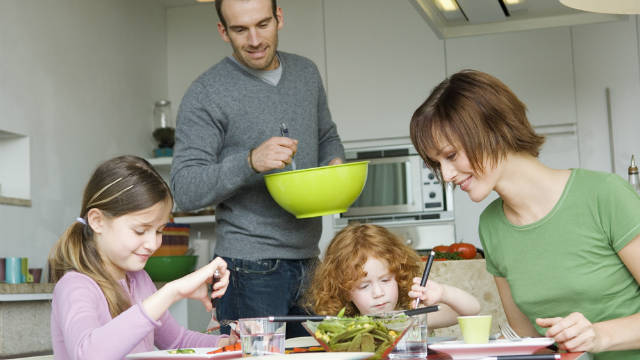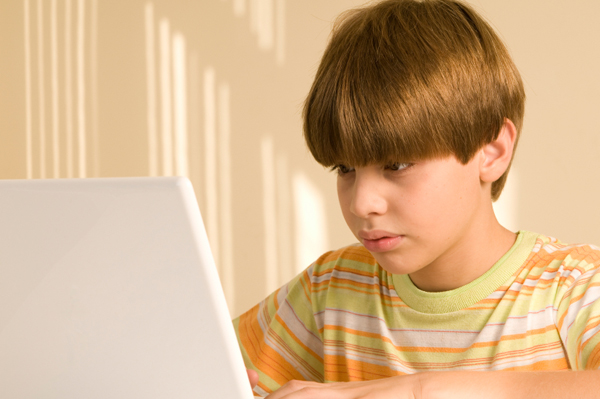
photo by anieto2k
You can send her off to big kid school with confidence by taking time to help her practice skills in each of seven areas experts have identified as key aspects of early childhood development: Language Development, Learning and Thinking, Beginning to Read, Beginning to Write, Numbers and Counting, Physical Development, and Social and Emotional Development.
Educators use these buckets to help decide if a child is ready for kindergarten. Yours will undoubtedly be ready to tackle the big milestone with some simple, yet consistent help from you, other family members or your sitter!
Language Development
What you can do:
- Have frequent conversations with your child. No baby talk Use complete sentences and lots of good description. Encourage her to use words to express her feelings and reactions to the world around her.
- Play games that require listening and following simple directions.
- Read stories with easy-to-follow plots and interesting characters to talk about.
- Sing songs and read stories or poems with rhyming words.
What you can do:
- Help make small collections, such as rocks or toys, and have her sort them using different criteria, such as size, shape, and color.
- Do simple puzzles together. Tired of yours, trade with a friend or make your own using photos, pictures from magazines or print-outs.
- Let her help you sort and fold the laundry, matching socks and other clothes by size or color.
- Play “I Spy” to practice color and shape recognition.
- Show her how to string beads to make patterns… and beautiful necklaces!
What you can do:
- Set a time every day to read to your child and talk about the letters and words, characters, and what happened first, next and last.
- Have her put into the correct sequence photos of herself or family members at different ages.
- Buy magnetic letters and let her play with them on a cookie sheet or other magnetic surface. Practice the sound each letter makes.
- Have her cut out letters from magazines to spell her name and other simple words she knows.
What you can do:
- Help her practice writing her name, ABCs and numbers 1-10. Use different tools to make it fun – colored pencils, chalk on the sidewalk, and finger paint.
- Together keep a summer journal. She draws a picture of something she did each day, and with your help writes a word or more to describe it.
- Let her help with writing grocery lists or making cards for friends. This helps her to see the different ways we use writing in our daily lives.
- Make labels for belongings, such as an art box, notebook, or cup.
What you can do:
- Go on treasure hunts to collect things to use for counting.
- Use coins or items around the house to experiment with adding, subtracting and the use of “more” and “less.”
- Together look for and point out numbers in her world, such as addresses, page numbers, recipes, and price tags.
- Read stories and sing songs about numbers, such as “Five Little Monkeys Jumping on the Bed.”
What you can do:
- Help develop large muscles by playing with balls, hula-hoops and bean bags, and riding a bicycle or tricycle.
- Build simple obstacle courses to practice jumping, walking a straight line, and climbing.
- Help develop fine motor skills by practicing with child-safety scissors. She can cut out shapes you draw on paper or pictures from magazines.
What you can do:
- Create an “About Me” notebook for your child. Together add personal information, such as her name, age, address, favorites, and names of family members. She can decorate it with drawings that tell more about her.
- Build independence by rewarding the things she can do for herself, such as brushing her teeth, washings hands, getting dressed, and zipping a jacket.
- Play school to help her practice saying goodbye, meeting new friends and packing up to come home







 high
school. During the summer before you leave to go to college or
university, there is much you can do to ensure that you are ready.
high
school. During the summer before you leave to go to college or
university, there is much you can do to ensure that you are ready.
 By Elaine Porterfield
By Elaine Porterfield By
Jenny Paradise
By
Jenny Paradise